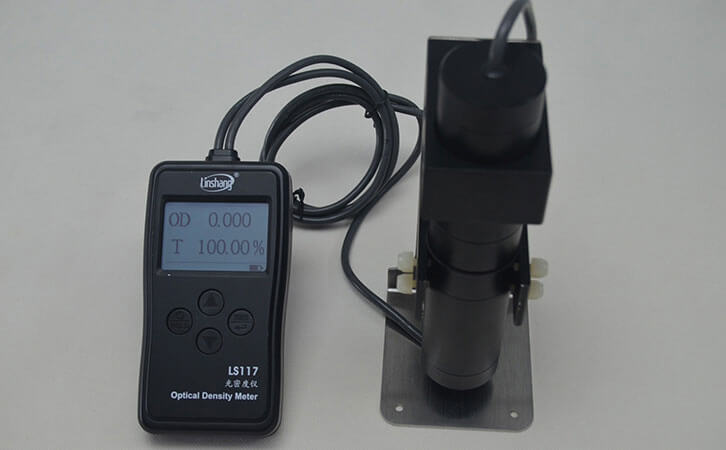Capacitive Touch Screen Tint Tester
Capacitive touch screens are becoming more widely used in our lives. Everyday mobile phones, tablets, laptops and even televisions use capacitive touch screens. The light transmittance of these screens directly affects the user experience. We generally use a capacitive touch screen tint tester to detect the transmittance of a capacitive touch screen.
1. What is a capacitive touch screen
Capacitive touch screen refers to a special metal conductive material (the material is transparent) attached to the surface of the glass. When the finger touches the metal layer, the capacitance of the contact changes and the frequency of the oscillator connected to the capacitor is changed. A change occurs to determine the touch location acquisition information. The capacitive touch screen we know is actually composed of three parts: a glass layer, a thin film conductor layer (inductor) and a glass layer.
2. Capacitive touch screen tint tester
Due to the special structure of the capacitive touch screen, the thin film conductor layer and the inductor are located between the two layers of glass. Therefore, we must use a capacitive touch screen tint tester to detect the transmittance of the screen. For example, the Linshang LS117 capacitive touch screen tint tester adopt the diffuse transmission principle and the probe has an integrating sphere effect. The capacitive touch screen is separated by a metal thin film conductor layer and an inductor between the two layers of glass. Therefore, the internal medium of the screen is not uniform and the probe with the integrating sphere effect allows the sensor to receive the ideal light source and the total light intensity by the internal light refraction. That is, the intensity of the incident light source detected by the sensor and the light intensity after passing through the measured substance.
The Linshang LS117 capacitive touch screen tint tester uses diffuse transmission principle not only for the transmittance test of metallized film materials, but also for the optical density test of film, X-ray film, lens ink and other materials.
